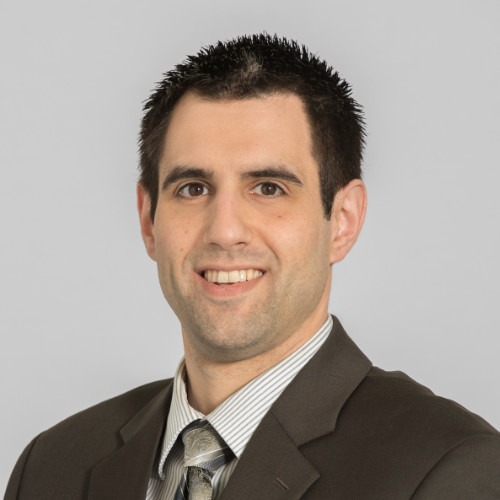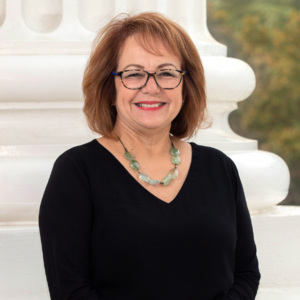Fee-for-service increases resident satisfaction, profit
At a glance…
A tip for assisted living providers: Incremental profit works. It just takes a different approach to billing, and that’s where operational management software proves to be valuable.
Imagine that the administrator of an assisted living community joins residents for a surprise luncheon one afternoon. During the conversation, she learns that a chunk of her residents miss going to regional Little League baseball games. Acknowledging their wishes, the administrator says, “OK, but not only will I take you to the games, I’ll one-up the experience-you’ll form a cheerleading squad.” So the community sponsors a local baseball team, purchases jerseys, and supplies residents with food and beverages as they travel via bus to and from the games. Then she notifies residents that Little League cheerleading is a new service offered by the community and any participants of the squad will pay a small fee as part of their monthly living expenses.
At that community there are no traditional inclusive “service packages.” Bathing, grooming, ambulation, spa treatments, “cheerleading”-residents are able to choose whichever services they would like to receive. An operational management system, which is software programmed with not only the costs of facility services, but also the labor time necessary to fulfill them, prints an itemized bill at the end of the month. Residents are told right off the bat how much they will be charged; staff understands exactly how many hours it will take to care for residents.
Little bits of revenue
Doug Fullaway is president and COO of Vigilan, a company that develops these systems and consults with communities, like the one mentioned above, on fee-for-service billing. Fullaway says most assisted living providers don’t consider it possible to save money and increase revenue by using software. His research supports such skepticism: Only 23% of the assisted living market uses an operational management system. However, he also reports those providers who do use one typically see revenue increase $10,000-$20,000 per month-or as much as $200,000 a year. As Fullaway explains, seeing is believing, and providers must envision a totally different approach to billing for services.
“The first thing is to document what you’re going to do. Services, prices, labor hours,” Fullaway says. “The second thing is that you’re actually selling-asking the resident if he or she wants a spa bath. And you know people really like that and it’s not much money to them. But to the facility it’s incremental profit.”
This is how the process usually goes: The provider does an assessment with the resident, and the resident agrees on specific services. A service plan is then created and staff is instructed on how to carry it out. If an individual caregiver is responsible for six residents, management must assemble data from the six service plans onto one piece of paper called a “task list” for that caregiver. Finally, a note is written to the billing department that new services have been added to a resident’s expenses. Everything can be adjusted within the system, such as prices or anticipated labor hours, and residents are notified of changes so that the final bill ultimately represents the individual’s needs. So if Mr. Smith takes an extra 30 minutes every day to be coaxed into getting a bath, owns a pet that has to be walked and fed, and requires assistance with bedtime preparation-all of which costs staff time and wages-then additional charges, however marginal they may be, are discussed with Mr. Smith or his family and added to his bill.
The point is to retrieve increments of profit here or there, reversing the effects of inefficiencies and waste. But does this come across as nickel and diming the residents?
“Not at all,” says Adam Ort, general manager of Regency at Puakea in Lihue, Hawaii. The 82-bed retirement, assisted living, and memory care community has used Vigilan’s software for five years. “What people are used to is looking at a menu, purchasing certain packages for hundreds of dollars. But what we try to do is customize and tailor the service plan to the individual, and when I explain it to them, they’re actually more appreciative of it because they’re not going to get charged for services they’re not using.”
Puakea runs on a point system that helps residents predict their monthly expenses. One point, which has a price value, equates to roughly two hours of staff labor. If somebody gets a bath four days a week at a half hour each session, that’s one point per week. “Once you show how it will save them money compared to other assisted living communities that charge at levels, they become interested,” Ort says.
Staff’s influence
Staffing is a hugely important aspect of tweaking the system to maximize revenue. For instance, a simple computer printout allowed Ort to present staff, who once complained of being overworked despite being over budget, with hard facts. “I said, ‘Look everyone, the system is showing that we only need X number of hours to get the work done,’” Ort explains. “What we found out is that staff was doing a lot of extra services that weren’t being charged for, so when we got done making adjustments our revenue increased, and it then justified the amount of staffing we had.”
Again, any price increases to an individual’s care plan were discussed with either the resident or the family, Ort says. Customers were made aware of how many points, or staff hours, they were actually using and understood the charges implemented.
Fullaway says providers are not limited to emulating Puakea’s point system; the software is flexible enough to be used in a variety of methods. The one constant, however, is that since residents know exactly what services they are purchasing, it applies pressure on the providers to deliver the best quality possible in those areas. “It definitely raises the bar,” Fullaway says. “It you are going to charge for something you have to do a quality job.”
While the opportunity to improve quality of care and see an increased profit margin is an attractive proposition, the true advantage to these systems is enabling residents to “get what they pay for.” A fee-for-service option ensures resident satisfaction and boosts an organization’s bottom line-and that’s something to cheer about.
To send your comments to the editor, e-mail mhrehocik@iadvanceseniorcare.com.
Long-Term Living 2010 May;59(5):53-54

Kevin Kolus wrote for I Advance Senior Care / Long-Term Living when he was an editor. He left the brand in 2012. He is now senior communications manager at Cleveland Clinic.
Related Articles
Topics: Articles , Finance











